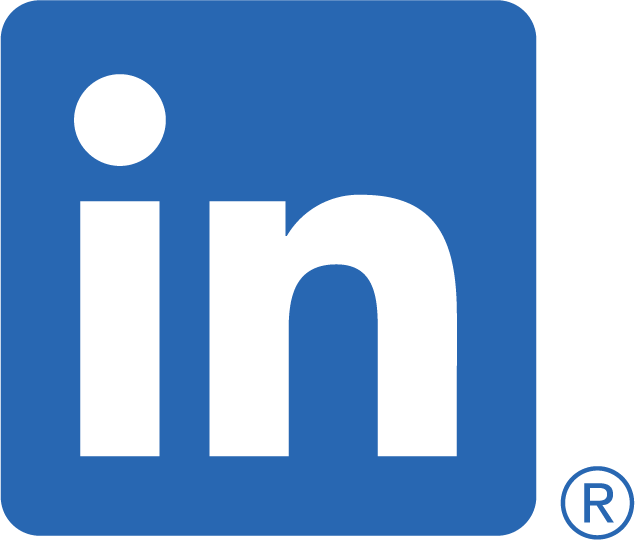Leadership and The Importance of Aligning Expectations
Blog

istock.com/chaofann
25 Sep 2021
By Varun Sarin
How do we define leadership?
Given the environment we live in, it is safe to say that the definition of leadership is constantly taking on new shapes. Globally, leadership has become more diverse, and so have the challenges facing leaders. Technology has transformed the way organizations operate, automating management and creating more room for leaders to truly lead. With every big event, every new hurdle, our ideas of leadership continue to evolve.
Yet, it is only natural for leaders to walk into their roles with a set of expectations. Some of these are self-designed, some placed by the people around them - the stakeholders, the board, clients/ customers, and the employees they lead. But if there is one thing we have learned about leadership from the last decade, it is that uncertainty is the only certainty. The pandemic has served as a harsh reminder of the truth that our expectations are often in conflict with our reality.
We strongly believe that narrowing these gaps between what is and what one thinks should be, makes leadership more effective and leaders more authentic. Failing to do so can start an unproductive and frustrating cycle of events that stall progress.
Aligning Expectations
While there is merit in being optimistic and aiming big, leaders cannot afford to disregard the realities they work with. In today’s context, this means taking account of business realities and the individual, environmental, and cultural truths. Aligning these realities with external and internal expectations requires a certain openness, patience, and insight.
The following three elements are key to addressing and narrowing the gap:
-
Awareness
Effective leaders always maintain a vision. They have their sights set on what they wish to achieve and how. This demands, among other things, a great amount of self-awareness. Being aware of one’s own strengths as well as areas of improvement enables leaders to align their own expectations with reality. Being aware also involves reflecting on questions that shape behaviors, like: What do my colleagues expect from their leader? How can I fulfill these expectations authentically?
-
Communication
In our opinion, clear and honest communication is of immense value. It is the natural next step following introspection and it can open up a world of new information. We always maintained that communication is a two-way street which means listening is essential to it. While leaders need to openly communicate the goals and values of an organization, they also need to actively listen to those who bring a different perspective to the table. Welcoming new and unique voices, instead of silencing them, gives leaders the opportunity to understand different individuals, cultures, and concerns.
-
Purpose
Ideally, the purpose driving an organization should lay the foundation for its actions. While many companies might draft a lofty purpose statement only to let it idle away on a website, successful leaders know better. They ensure that it reflects in every decision, process, and individual action. The dissonance between expectation and reality can be completely avoided if the former is aligned with one’s purpose.
In Conclusion:
As opposed to managing expectations, the process of aligning them is far more rewarding in the long run. To bridge expectations gaps, leaders need to assess their expectations, measure them in the present context, and then find the common ground that will help create conditions that further support success.








